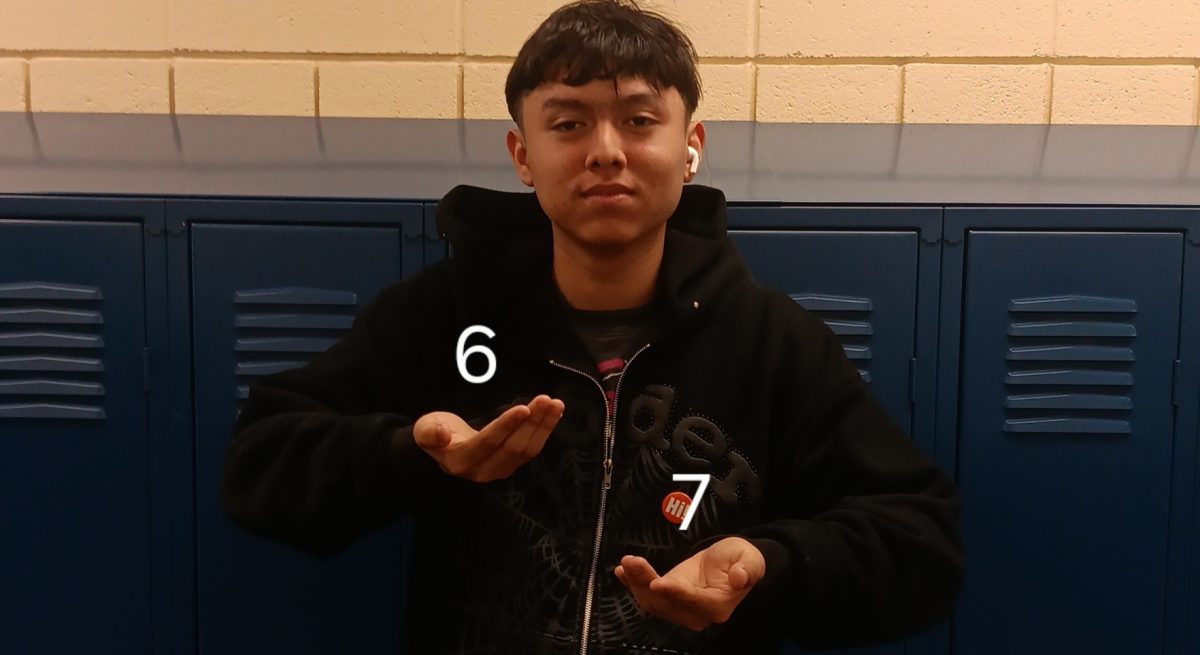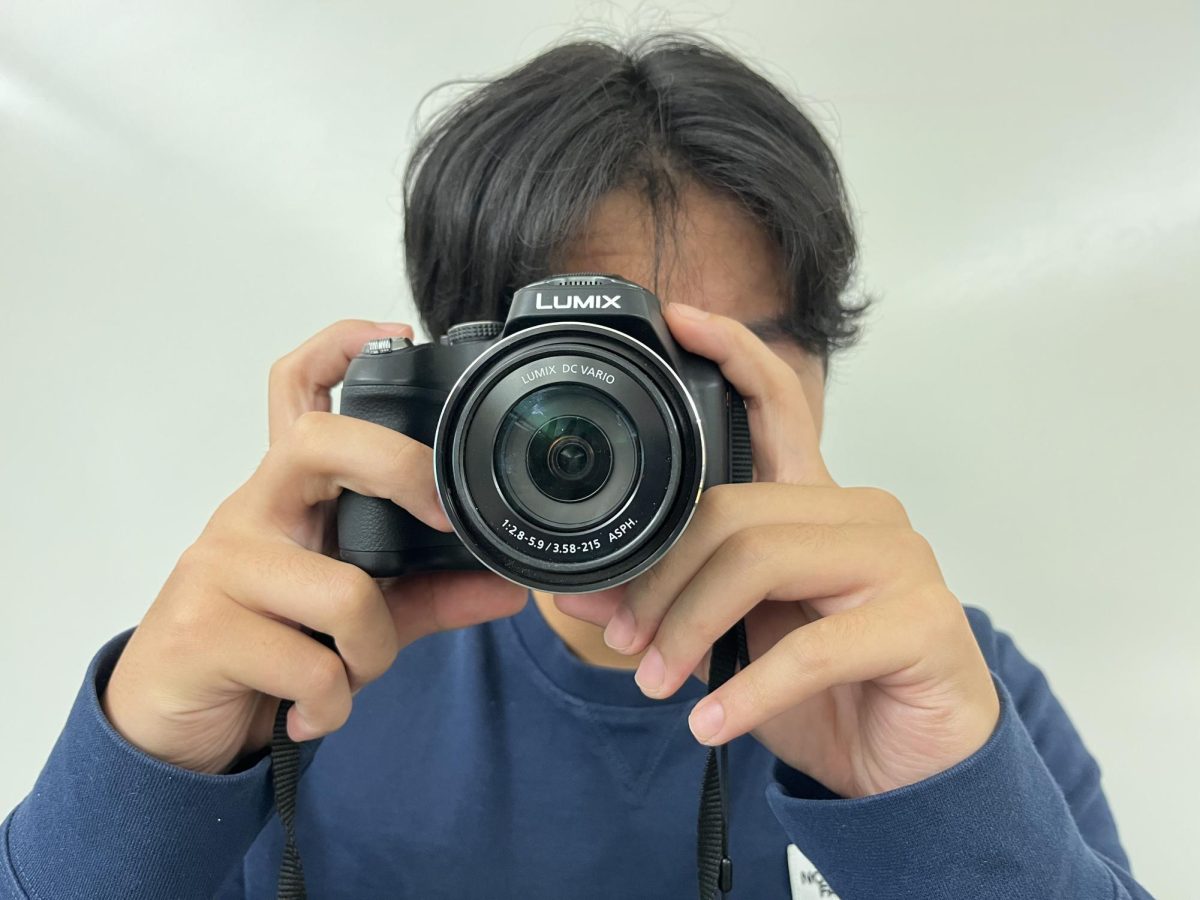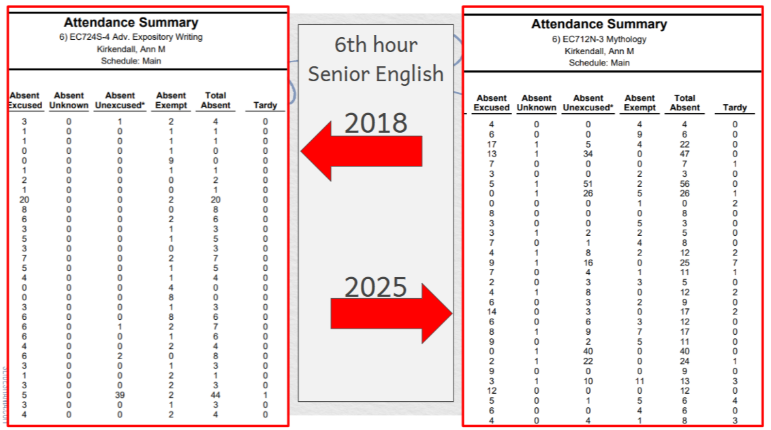Every Friday in Instructor Eric Wilkinson’s classes, the agenda is each student’s to create. Wilkinson has been doing a project he calls “20 time” for the last year, with great success. “20 time is a chance for students to explore projects that they’re passionate about. It’s once a week. Students have time to work on gathering information, practicing new skills, definitely reflecting on the process that they’re learning. The goal is, at the end of the semester, to have produced some new learning, and also a product of some kind,” Wilkinson said.
Originally recognized by Google, 20 time set aside 20% of the worker’s week to work on whatever project they would want to, resulting in popular websites like Gmail, Google News, and AdSense. 3M, the office supply company, used it in the 1950’s to go on to create Post-its and masking tape. Eventually other companies caught on, created brilliant things, and it trickled down into the education system. Using 20 time in the workplace gives workers and students alike a creative outlet.
Some may pose the question: Does 20 time actually work? Wilkinson said, “It’s been a learning process, because most of school is teachers telling students exactly what to do, when to do it, and how to do it. 20 time is a lot more freedom. With freedom comes a lot more opportunity to go off task and make bad decisions. It’s definitely something I’m learning to direct and steer students to help them be more successful.” Although 20 time would be easy to take advantage of, Wilkinson remains hopeful of the project and thinks the rest of the school should join in. “I definitely think it would be great as a school community to embrace self directed learning. I think it would be beneficial for all students to have a chance to experience 20 time,” Wilkinson said.
Possibly the best part about 20 time is that it has no consequences- because students aren’t graded on what they come up with. If the project or goal fails, it doesn’t matter as long as the student comes up with a decent presentation at the end of the class to show what they learned from the 20 time experience. However, since there isn’t really a set grade for the time students taking out of their week, some might assume it’s a waste of time. “I would point to Daniel Pink’s book Drive which talks about motivation,” Wilkinson said. “He says that in order to be motivated workers need autonomy, mastery, and purpose. So, autonomy is choice and control. In order to be passionate about something you have to be able to choose something that [you’re passionate about]. Students learn more when they’re passionate and engaged then when it’s being forced on them.” Wilkinson makes a good point, because students will work harder on what they choose themselves.
Teachers might be concerned about using valuable class time to do something not related to the class, and Wilkinson says, “…it aligns with the Common Core curriculum, as far as reflective writing and then emphasizes self directed learning. We want students to be able to continue learning after they leave WO. I think the parameters of this project definitely line up with that.”
So, teachers and students, what do you think? Most students would love to study a personal interest for one day a week, if not more. It’s working for Wilkinson’s seniors and would be beneficial for the creativity and longevity of students’ learning capacity.






